Welcome to Saturday Sparks! This week, we’re diving into the rewarding world of woodworking, a hobby that turns raw materials into meaningful creations.
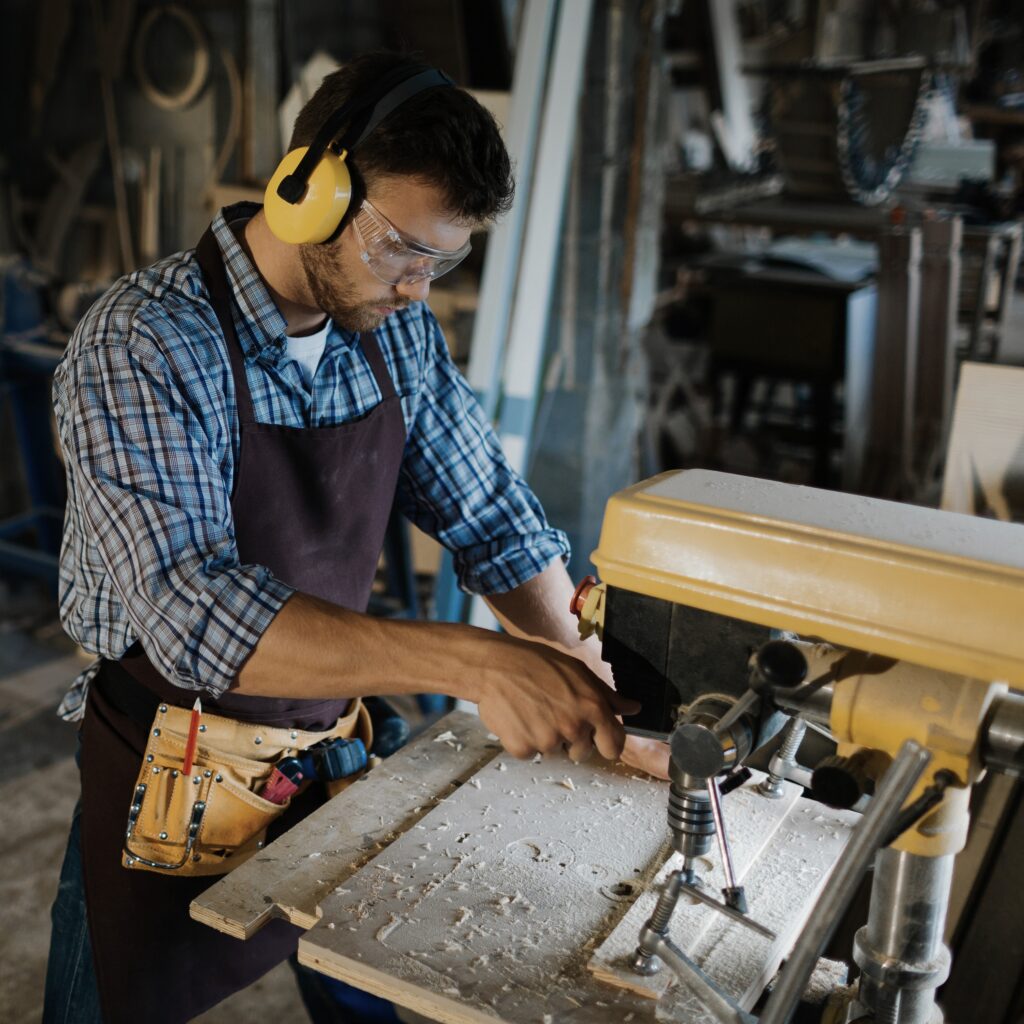
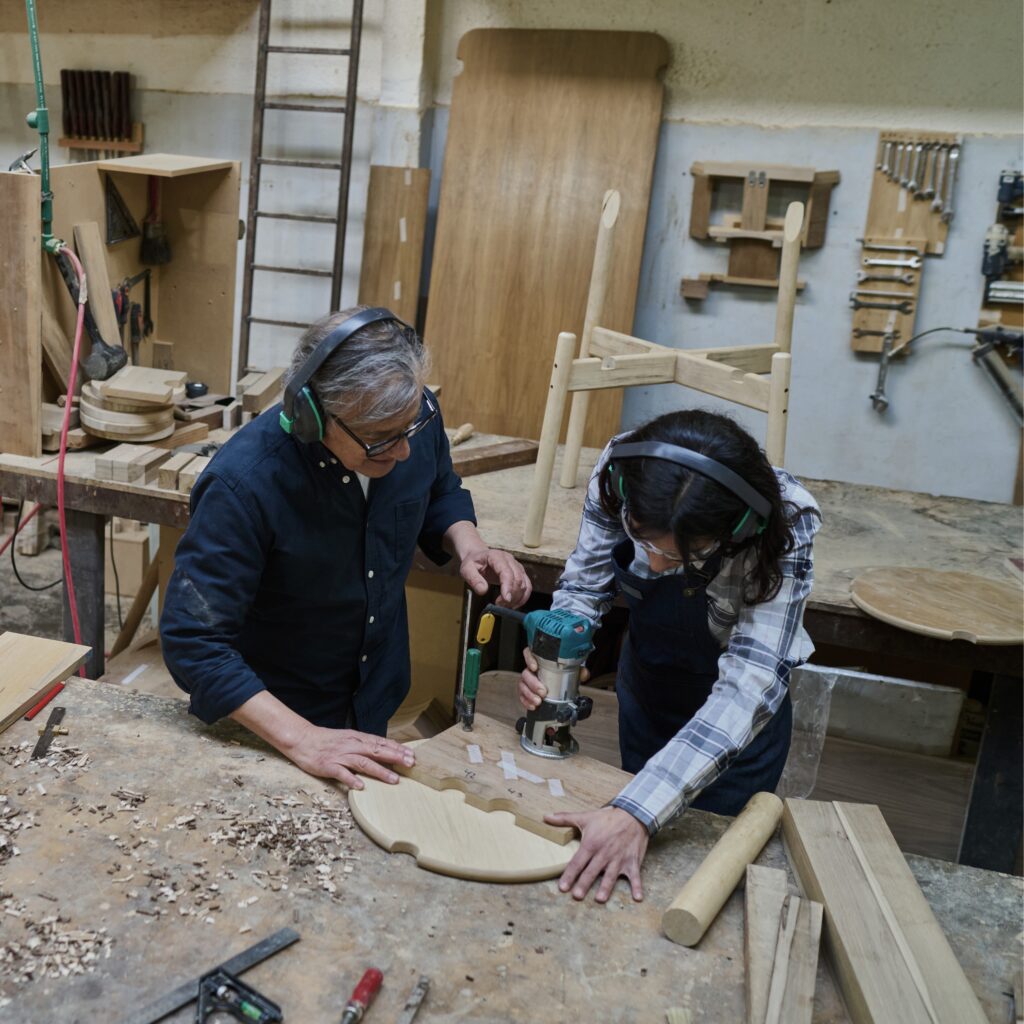
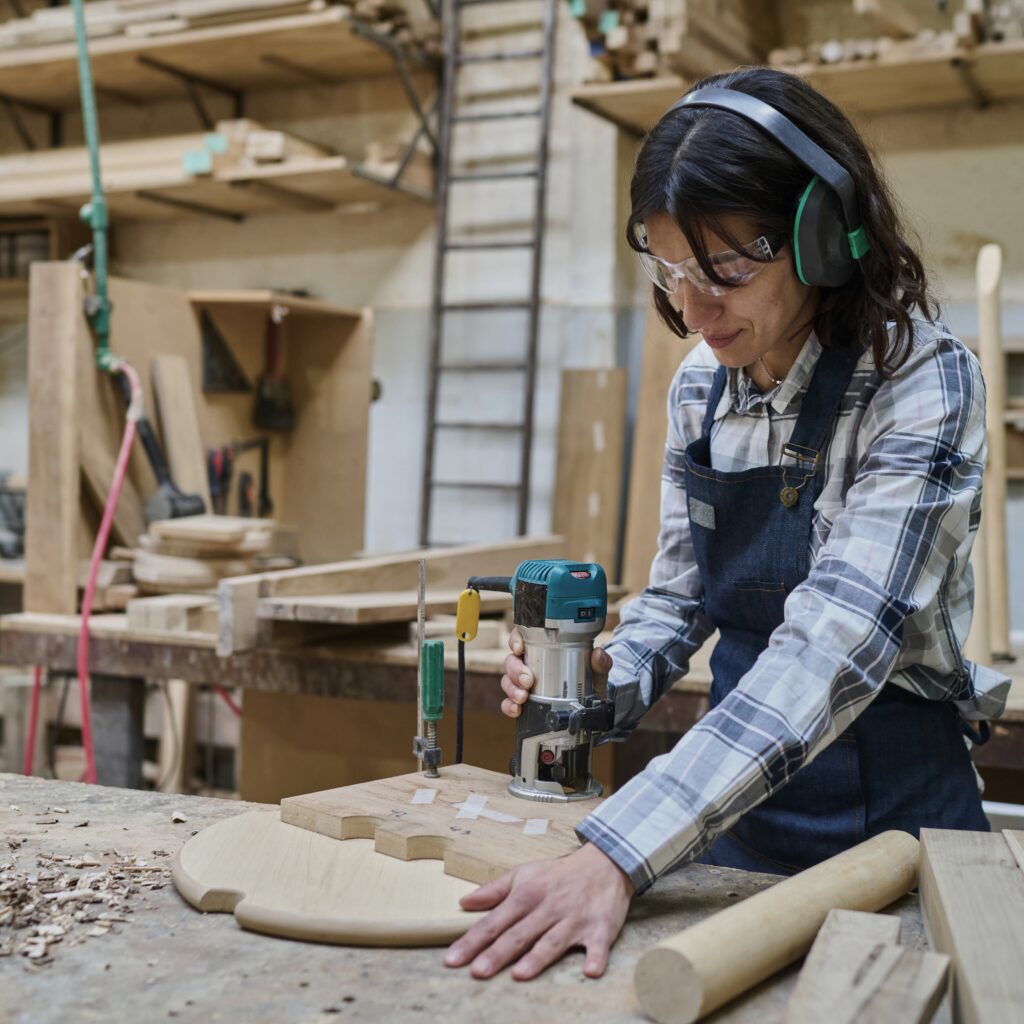
At its core, woodworking is the practice of shaping and joining wood to bring ideas to life—whether as a simple household item or an intricate piece of art. Beginners might start small with easy projects, while experienced woodworkers may craft complex furniture or detailed carvings. The beauty of woodworking lies in its flexibility; whether your goal is practical or purely creative, the possibilities are endless.
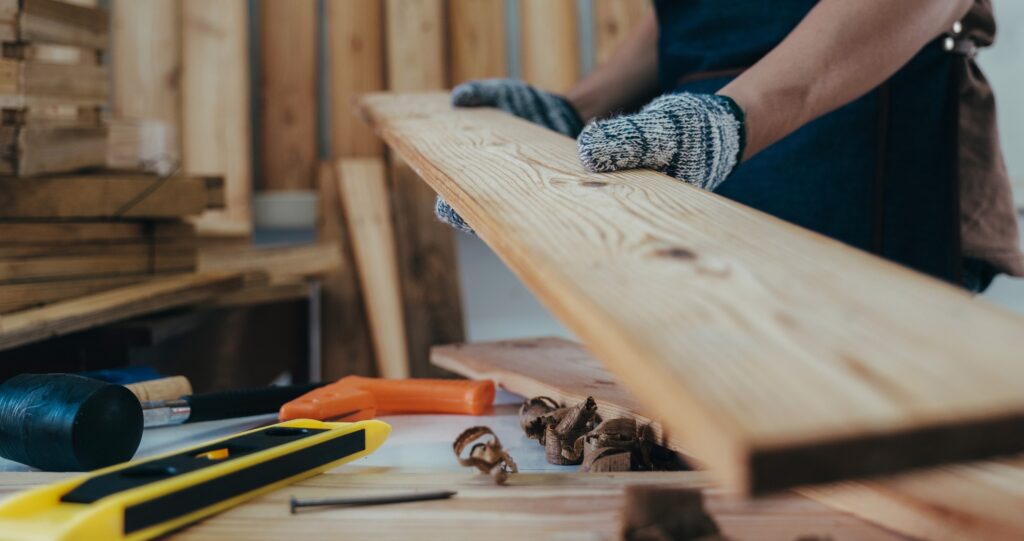
Whether you’re building something useful for your home or shaping a piece that’s decorative, woodworking invites you to slow down, focus, and create with your hands.
Few pastimes provide such a satisfying balance of utility and artistry. From birdhouses and shelves to custom furniture and sculpture, woodworking blends skill, patience, and imagination in a way few hobbies can match.
Description
Woodworking is the practice of shaping, cutting, and joining wood to create objects that range from purely decorative to highly functional. At its foundation, woodworking involves understanding wood as a material, its grain, density, moisture content, and how these characteristics affect cutting, fastening, and finishing.
The craft includes both hand tools (chisels, planes, hand saws, mallets) and power tools (table saws, routers, drills, sanders), each serving different purposes depending on the precision and efficiency required.
The process begins with design and measurement, often using plans or sketches to determine dimensions, joinery, and material needs. Woodworkers must account for expansion and contraction due to humidity, choosing techniques and finishes that support long-term durability. Joinery methods form the backbone of structural woodworking, ensuring strength and stability without relying solely on adhesives or fasteners.

Surface preparation is another essential element. Planning, sanding, and smoothing refine the wood’s texture, while finishes such as oils, stains, varnishes, or polyurethane both enhance appearance and protect the surface from wear and moisture. For more advanced work, techniques like veneering, inlay, and turning (using a lathe) expand the creative possibilities, blending artistry with engineering.
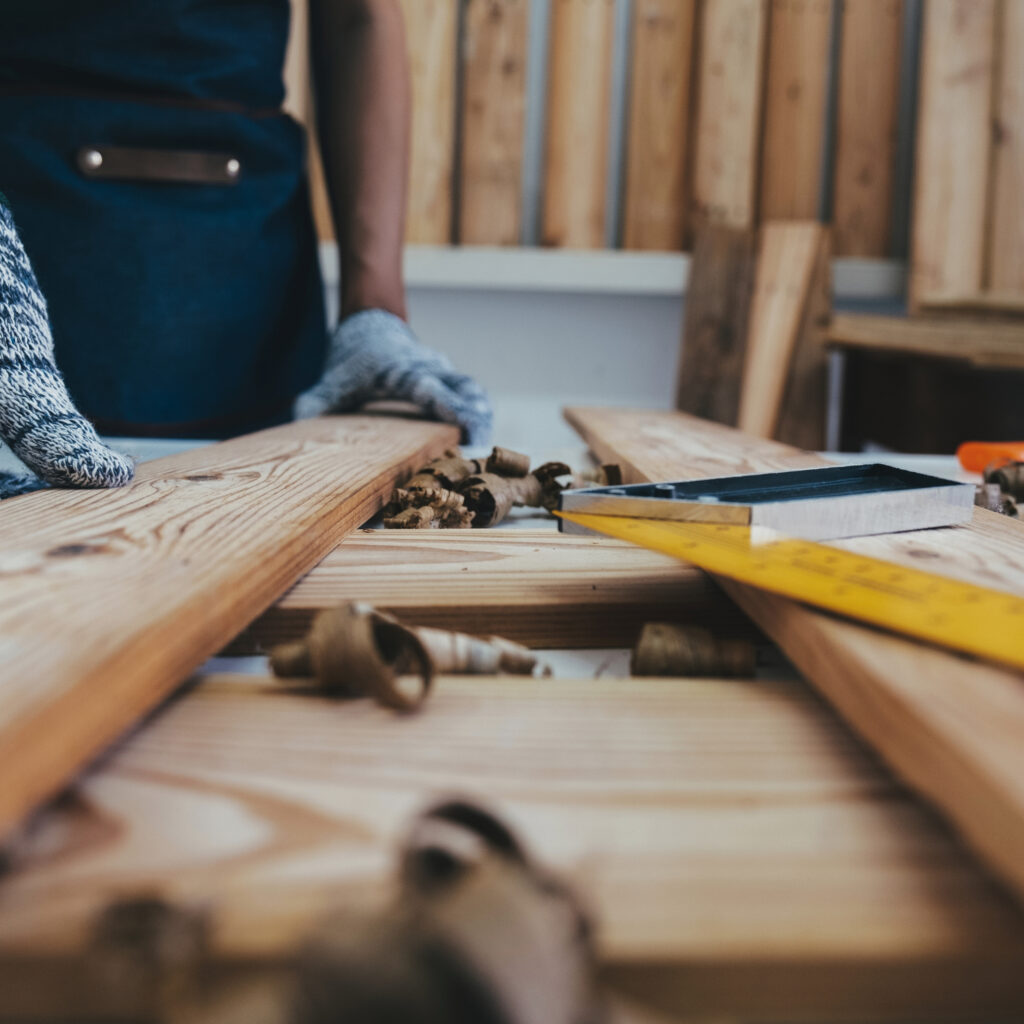
Woodworking branches into specialized disciplines. Carpentry focuses on structural work like framing and large-scale builds; cabinetmaking emphasizes precision and fine joinery for furniture and cabinetry; wood carving highlights decorative detail and artistry; and luthiery involves crafting stringed instruments with exacting acoustic standards.
Despite these distinctions, all forms share a reliance on careful measurement, attention to grain direction, and the ability to translate designs into three-dimensional reality.
At its heart, woodworking is both a technical craft and a creative pursuit. Mastery comes not just from tools and techniques, but from understanding how to work with wood rather than against it, allowing the natural qualities of the material to guide and enhance the finished piece.
The Benefits of Woodworking
Woodworking encourages creativity, allowing you to turn an idea in your mind into something you can see, touch, and use. From choosing the type of wood to deciding on a finish, every step involves imagination and design choices that make each project uniquely yours.
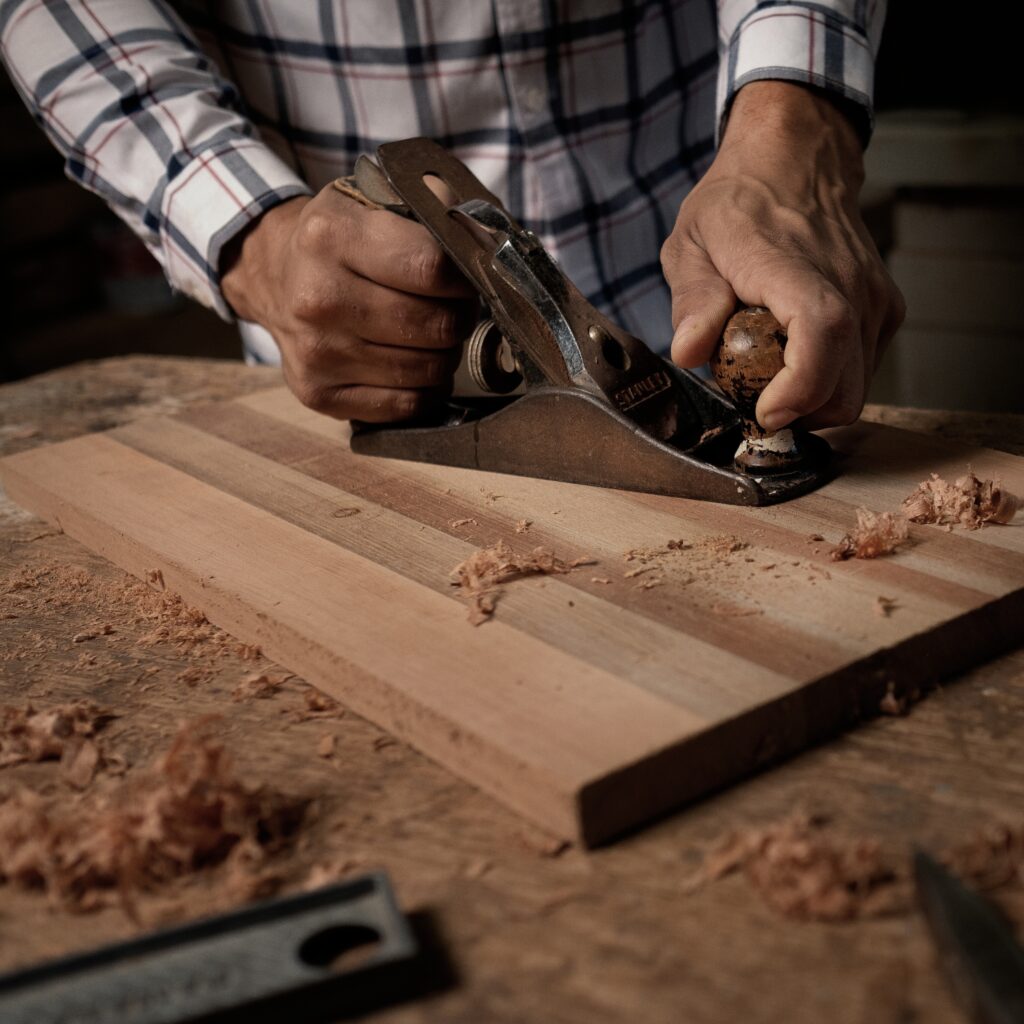
Woodworking naturally helps improve coordination, as nearly every task requires careful hand-eye alignment and fine motor control. Measuring, sawing, drilling, and sanding all demand steady precision, and over time these repeated actions strengthen dexterity and accuracy.
The more you practice, the more fluid and confident your movements become skills that not only make woodworking easier but also benefit everyday activities that rely on coordination.
It requires patience and focus, as even small mistakes can affect the outcome. Learning to measure carefully, cut precisely, and sand smoothly teaches you to slow down and appreciate each stage of the process instead of rushing to the end result.
Woodworking provides natural stress relief. The repetitive rhythm of sanding, hammering, or carving has a calming effect, while the scent and feel of real wood create a grounding, almost meditative experience that helps clear the mind.
One of the most rewarding aspects is the sense of accomplishment that comes with completing a project.
Few things feel better than using or gifting something you built with your own hands, and that finished piece becomes a reminder of your effort and persistence.
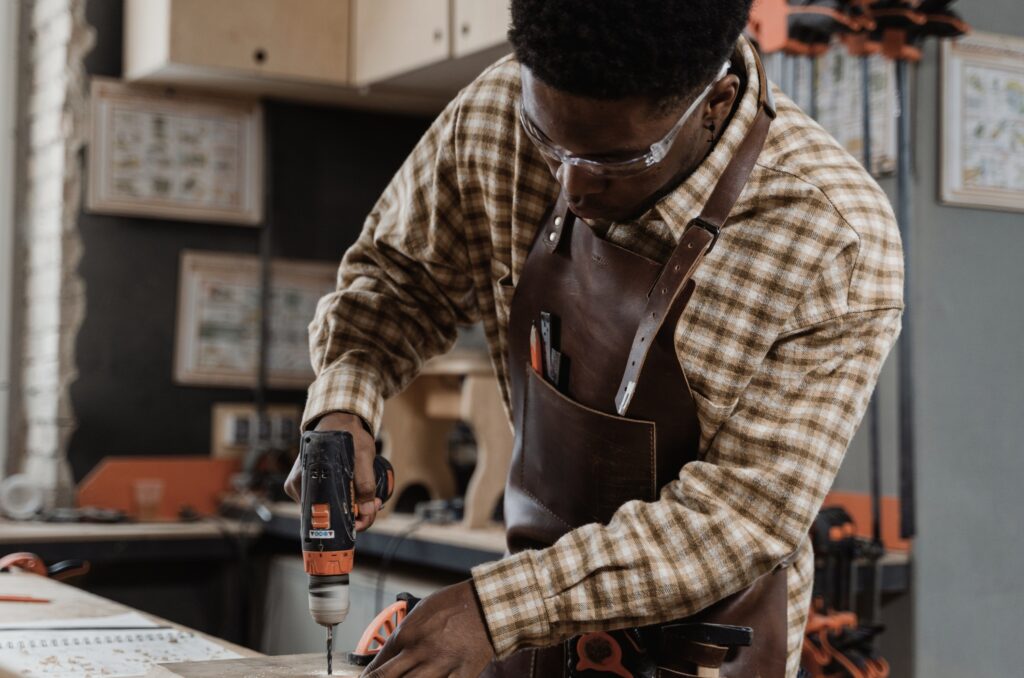
Each project is a chance to practice problem-solving, since wood doesn’t always behave as expected. Maybe a cut was too short, or a joint doesn’t line up perfectly, these moments challenge you to adapt, adjust, and find creative solutions that improve your skills over time.
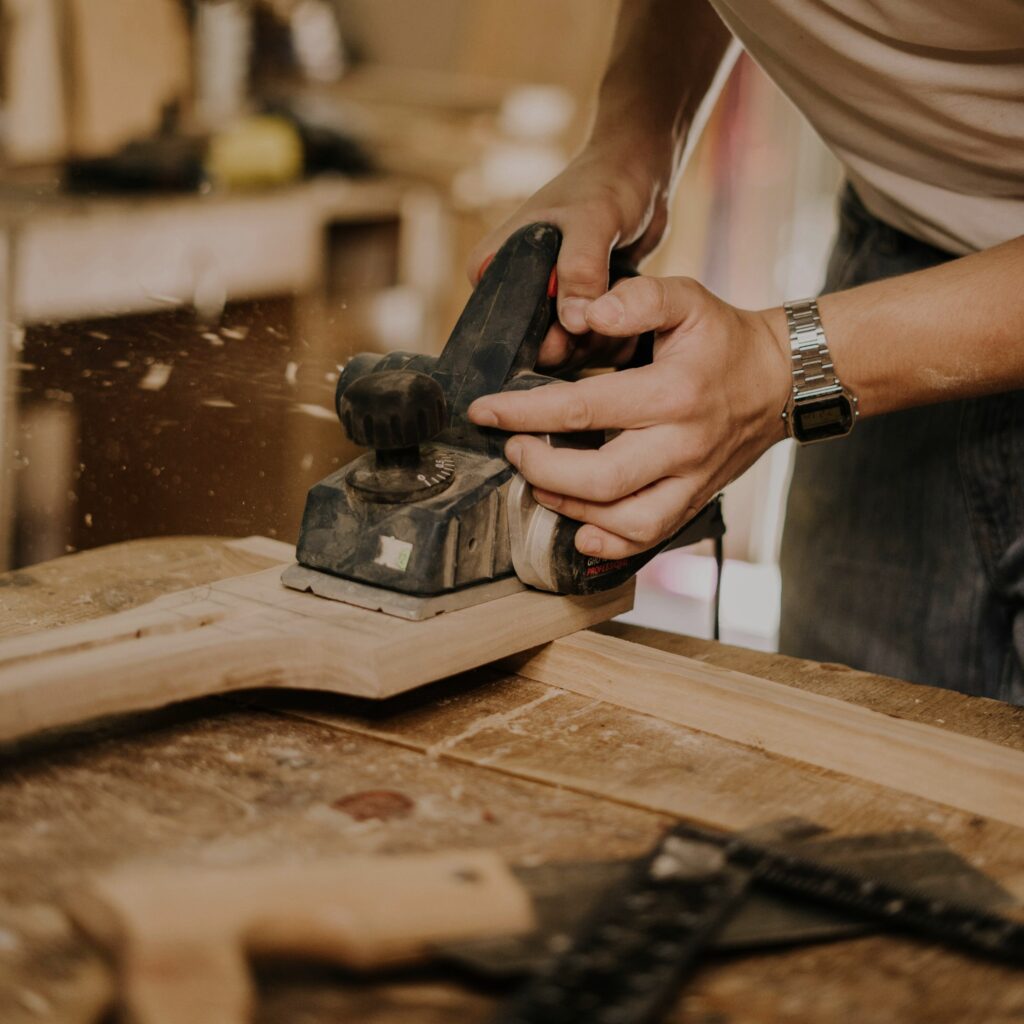
Woodworking ties you to centuries of craftsmanship, creating a connection to tradition. From hand-carved tools to heirloom furniture, the skills and methods used today are rooted in practices passed down through generations.
When you work with wood, you’re not only creating something new but also participating in a tradition that honors patience, skill, and artistry. That sense of continuity adds depth and meaning to the hobby, making each project feel like part of a larger story.
And, of course, woodworking is filled with practicality. Beyond the joy of the process, you’re left with items that serve real purposes, sturdy furniture, handy storage, or heartfelt gifts, each one carrying both function and personal meaning.
Getting Started
The easiest way to begin is to start with simple projects, such as birdhouses, picture frames, or small shelves. These manageable builds teach you essential skills while giving you the satisfaction of finishing something useful.
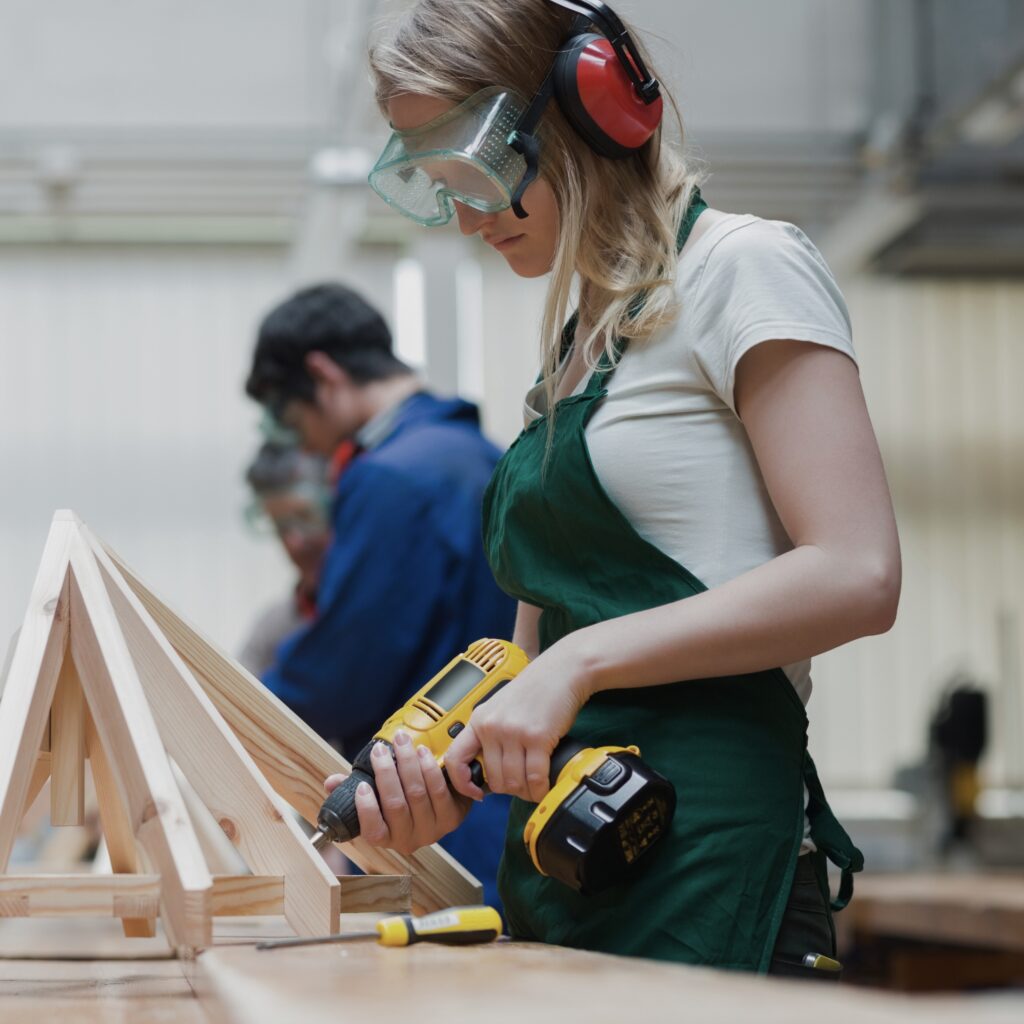
A few basic tools are all you need to get going things like a hammer, saw, drill, measuring tape, and sandpaper.
You can always add more specialized equipment as your interest and skill level grow, but the basics are enough for most beginner projects.
Tackling smaller, simpler projects first helps you master basic techniques before moving on to more complex designs.
Beginning with easy-to-handle softwoods and straightforward builds allows you to focus on developing your skills, while gradually adding tools and methods as your experience grows.
Softwoods like pine are forgiving and easy to cut, making them ideal for practice, while hardwoods such as oak or maple are more challenging but lead to durable and long-lasting results. Understanding different wood types can also help you succeed.
Another important step is learning the basics of tool maintenance. Sharp blades and well-kept tools not only produce cleaner results but are also safer to use.
Dull tools require more force and are more likely to slip, so taking a little time to sharpen, oil, and store your tools properly will pay off in both quality and safety.
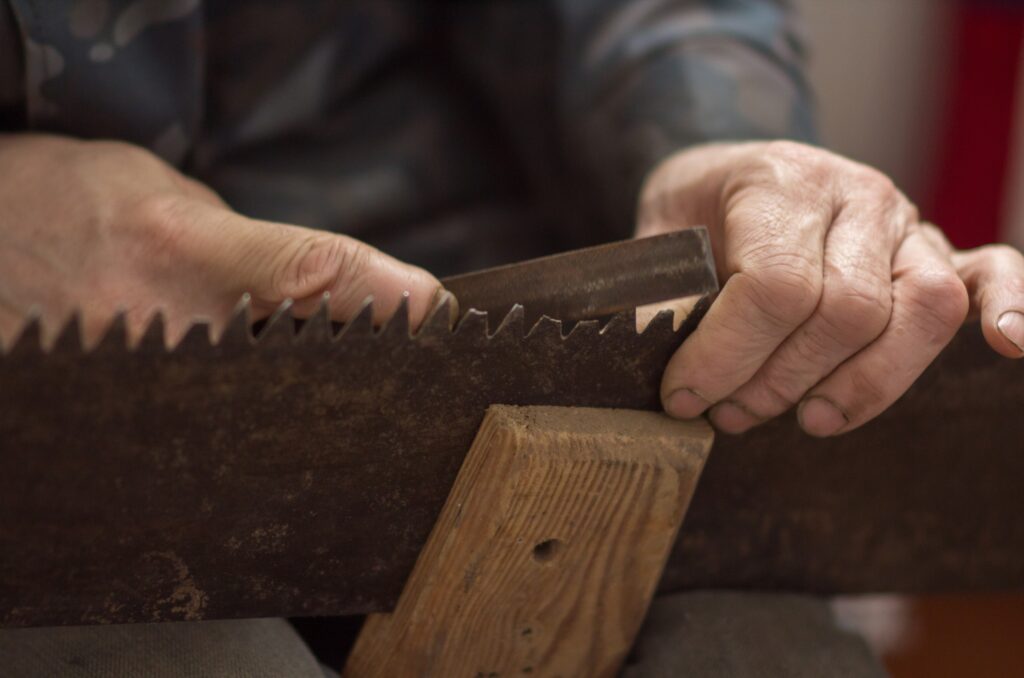
When beginning woodworking, it’s helpful to think about your workspace setup. A sturdy surface, good lighting, and a safe area to spread out your tools make a huge difference. Even if it’s just a small bench in the garage or basement, having a dedicated space creates consistency and makes each project more comfortable and efficient.
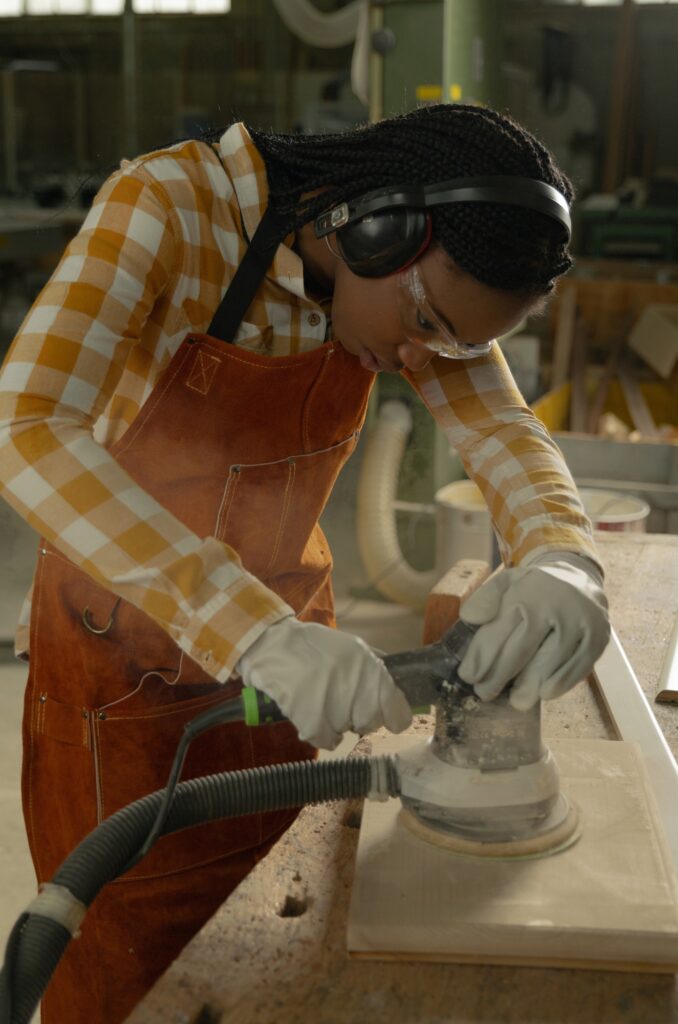
For those new to the craft, consider using pre-drawn plans or beginner kits gives you a clear roadmap to follow and helps you understand the flow of a project from start to finish. Once you’re comfortable with the process, you can branch into your own designs with more confidence.
If you prefer learning with guidance, try signing up for classes or clubs at a community center or maker space. These programs give you hands-on practice, introduce you to safe tool use, and connect you with fellow beginners.
No matter what you build, always remember the golden rule: measure twice, cut once. Accuracy saves time, prevents waste, and makes your projects smoother from start to finish.
Finally, approach the hobby with the right mindset. Mistakes are inevitable, everyone cuts a board too short or sands a little unevenly at some point. Instead of viewing these as failures, see them as lessons that shape your skill over time. Every slip-up is a chance to learn, adapt, and improve.
Resources
Local hardware stores are a great place to begin, offering beginner kits, tools, and even pre-cut materials that simplify the process for new woodworkers.

When it comes to materials, specialty lumberyards and reclaimed wood suppliers are excellent places to explore. Lumberyards often carry a wider variety of wood types than general hardware stores, including unique grains and cuts. Reclaimed wood, sourced from old barns or furniture, brings added character to projects and supports sustainable practices by giving new life to existing materials.
Many communities have maker spaces or classes where you can work under the guidance of an experienced instructor. These spaces often provide access to tools you might not have at home, giving you a safe place to learn.
Connecting with clubs and associations introduces you to a community of woodworkers who share advice, encouragement, and inspiration. Being part of a group can keep you motivated and open doors to new projects and friendships.
Some communities offer tool libraries and lending programs, which allow you to borrow equipment much like checking out a book. This can save you the expense of buying tools you might only use once or twice and lets you experiment with different equipment before deciding what’s worth investing in for your own workshop.
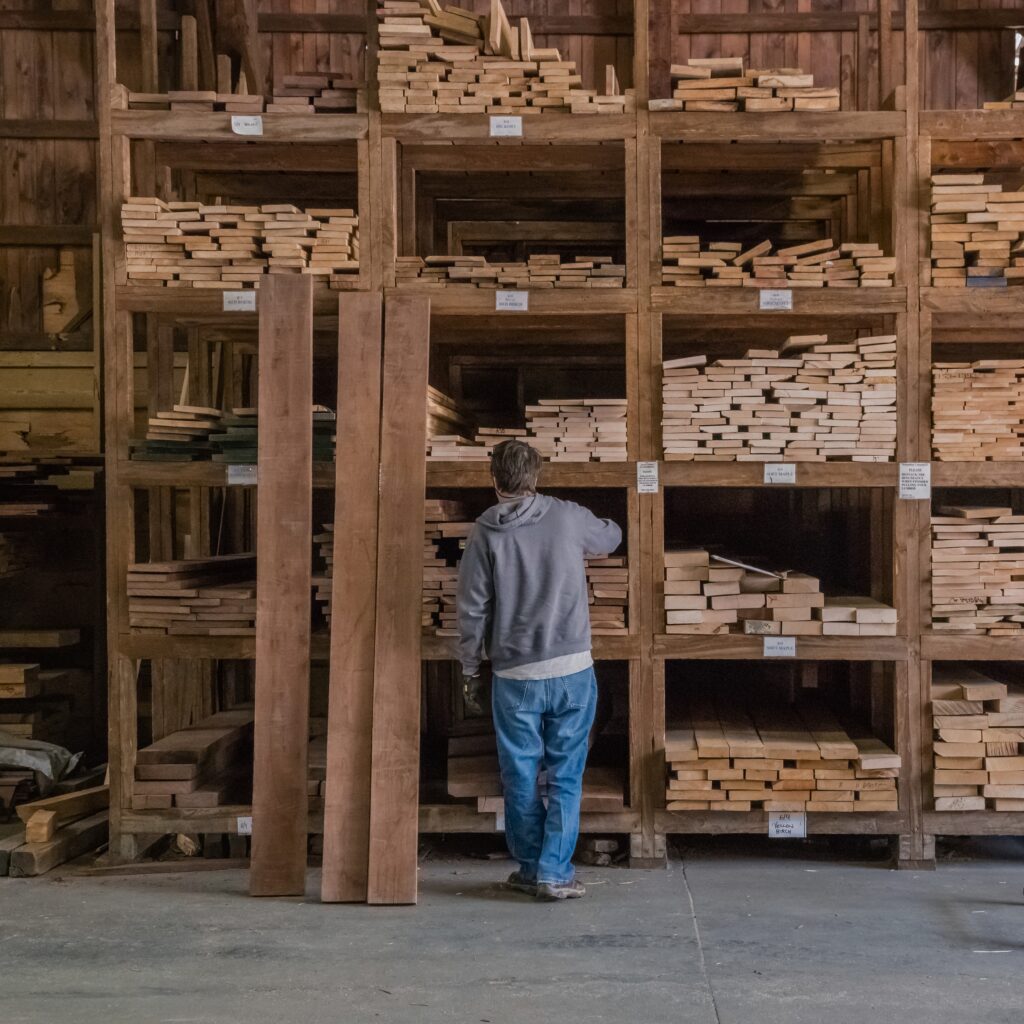
You can also learn a lot from books and guides, which provide step-by-step projects, safety tips, and design ideas. Having a reference nearby makes it easier to follow along as you practice.
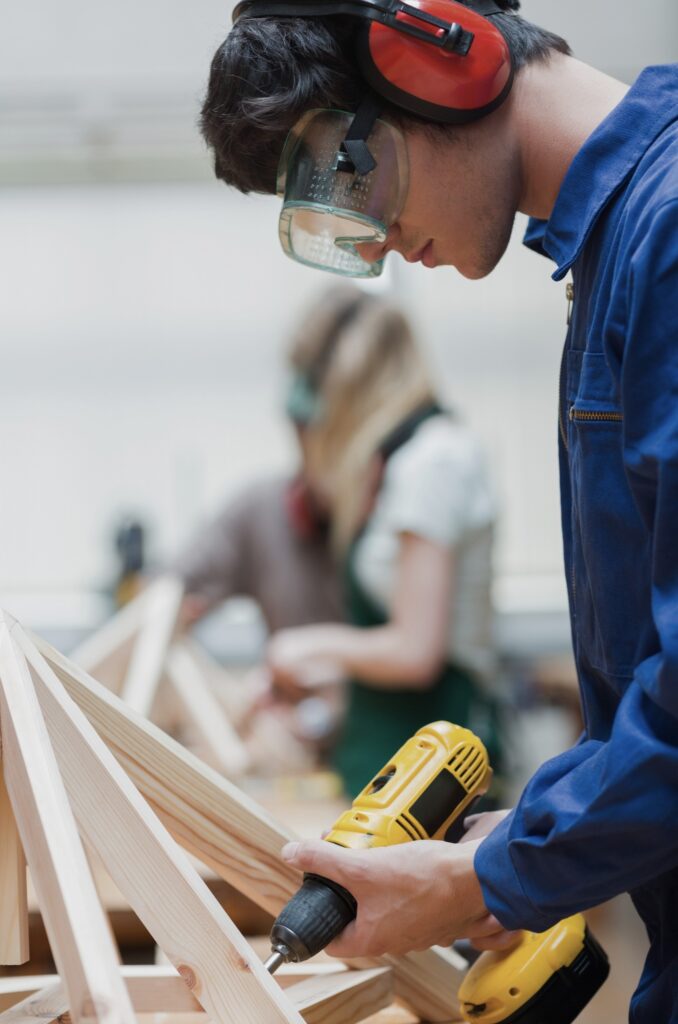
For ongoing inspiration, magazines offer a steady stream of new project plans, techniques, and design ideas. Having fresh content delivered regularly can keep you motivated and expand your skills in new directions.
If you prefer to learn on the go, podcasts and audio resources are a surprisingly valuable way to deepen your knowledge. Listening to experienced woodworkers discuss techniques, challenges, and stories can spark new ideas and help you understand the craft from different perspectives, even when you’re away from the bench.
For visual learners, online tutorials on YouTube or woodworking blogs are excellent resources. Seeing techniques demonstrated in real time helps you grasp the finer details that words alone may not explain.
Finally, consider using design software and apps like SketchUp. These tools allow you to create digital project plans, test dimensions, and visualize your ideas before cutting into any wood. Having a virtual model reduces trial and error and gives you confidence that your design will work in practice.
SAFETY and Helpful Tips
Always use protective gear such as goggles and gloves to shield yourself from sawdust, sharp edges, and accidental slips. Protecting your hearing is just as important as guarding your eyes and hands. Many power tools generate high noise levels, so hearing protection such as earmuffs or earplugs helps prevent long-term damage and makes your workshop a safer, more comfortable environment.
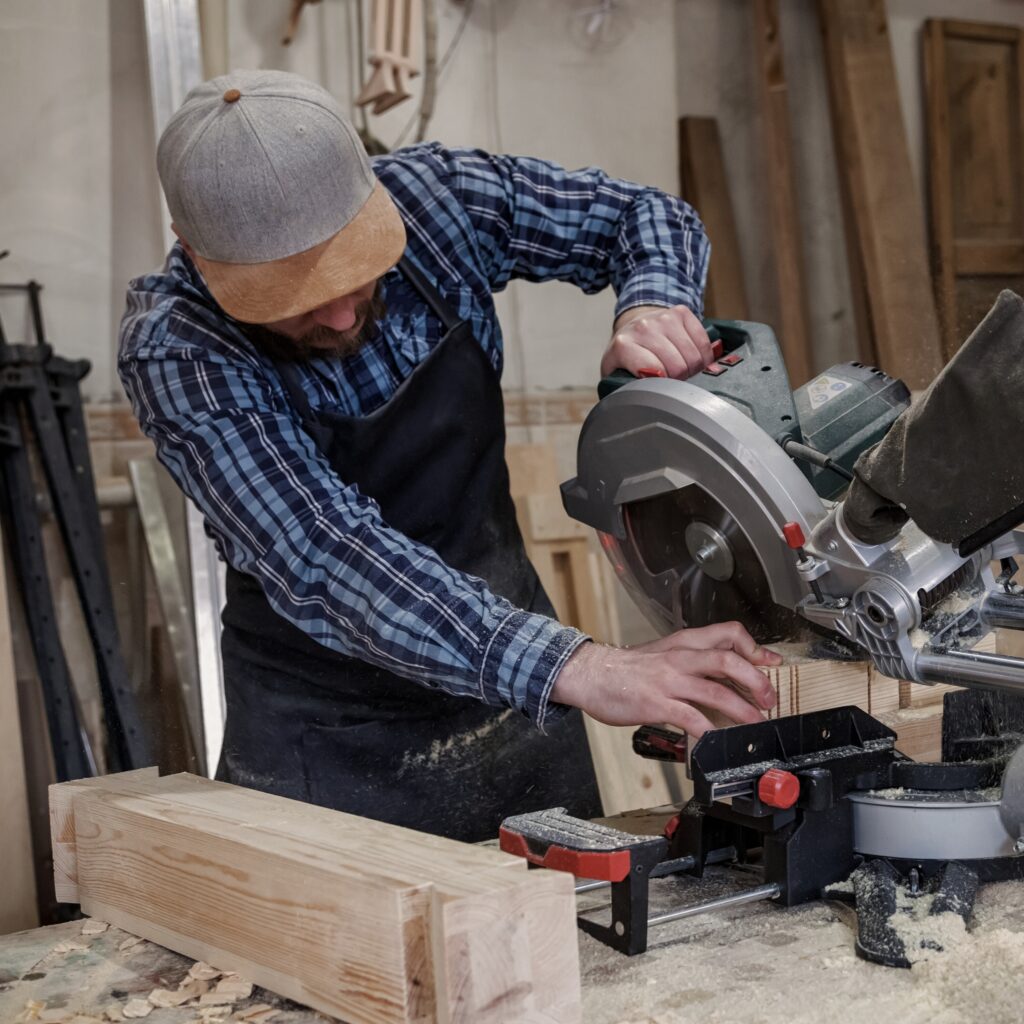
When using power tools, remember that careful handling is essential. Read instructions, practice slowly, and respect the power of the equipment. Confidence comes with practice, but safety should always come first.
The clothing you wear also matters. Proper clothing, fitted sleeves, tied-back hair, and no dangling jewelry, reduces the chance of anything getting caught in spinning blades or moving parts. Dressing for safety creates one less distraction while you’re working.
Keeping a clean and organized workspace is just as important as the tools you use. Clutter increases the chance of tripping or mishandling equipment, while a tidy space keeps your mind focused.
If your project involves stains, adhesives, or finishes, be sure to work in a well-ventilated area. Many of these materials release fumes, and good airflow helps keep the air safe to breathe.
Another factor is dust control, since sawdust can irritate your eyes, skin, and lungs. Wearing a dust mask or respirator, along with using ventilation systems or a shop vacuum, keeps the air cleaner and reduces the health risks associated with fine airborne particles.
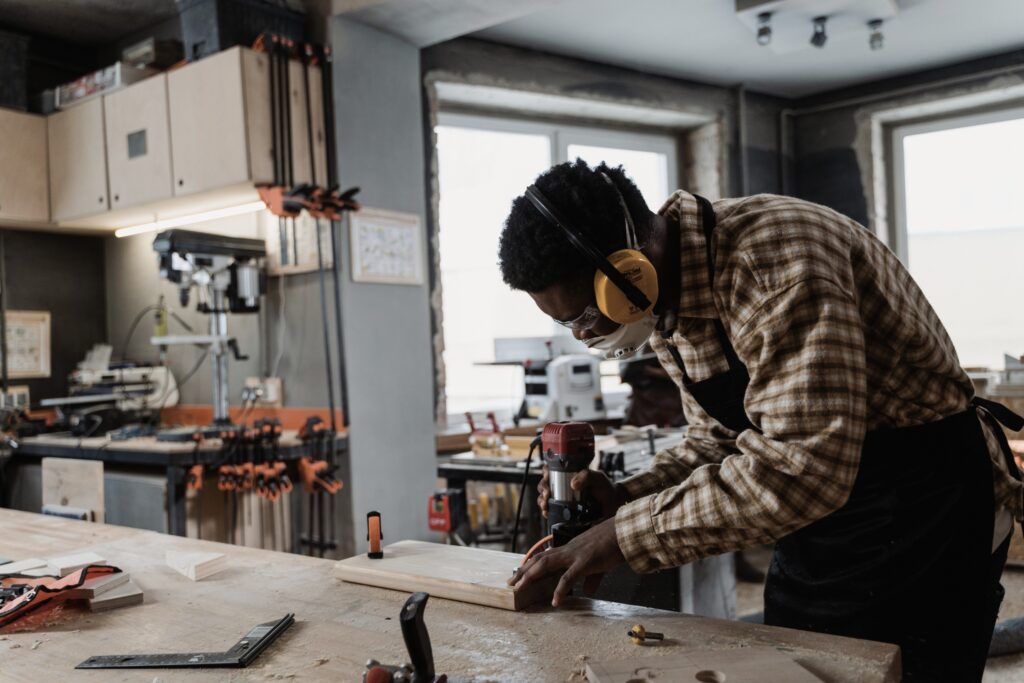
Woodworking is a hobby that rewards patience, so work at a comfortable pace. Rushing often leads to mistakes, or worse, injuries, while taking your time ensures quality and safety.
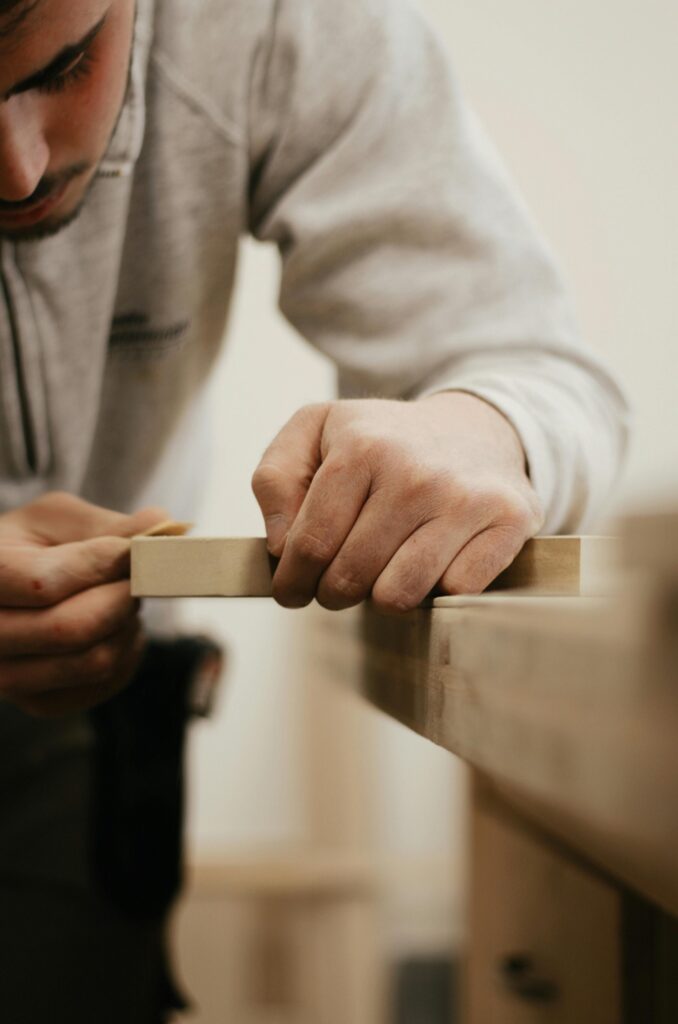
Treat the process and material with respect. Wood is natural and unique, with its own grain, texture, and quirks. By approaching it thoughtfully, you’ll not only achieve better results but also deepen your appreciation for the craft.
It’s wise to think ahead with emergency readiness. Keeping a stocked first-aid kit and a fire extinguisher nearby ensures you can respond quickly if accidents happen. Even small cuts or sparks need immediate attention, and being prepared makes all the difference.
Don’t forget electrical safety when working with power tools. Inspect cords for wear, avoid overloading outlets, and always unplug tools before changing blades or bits. These small habits prevent shocks, shorts, and accidental tool startups.
Finally, woodworking often involves heavy materials, so lifting and storage practices are key. Use proper lifting techniques when handling large boards and store wood in stable stacks to prevent falling hazards. Safe handling keeps both you and your materials in good condition.



Final Thoughts
Woodworking isn’t just about building; it’s about the journey of creating. Each cut, joint, and polished surface carries the time and care you invested in, leaving you with something tangible that’s both useful and meaningful.
Whether you’re building furniture, carving art, or simply learning the basics, woodworking sparks creativity, focus, and pride. It’s a hobby that shapes not only the wood in your hands but also the calm and confidence within you.
Have you ever tried woodworking? What’s the first project you’d love to make? Share in the comments below!
Leave a Reply